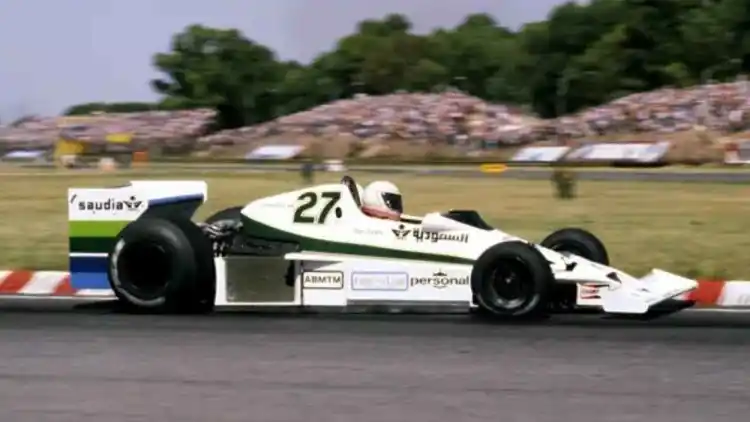In the automotive world, some cars stand out not only for their performance or eye catching design but for the timeless stories they carry through generations. The DeLorean DMC-12 is one of those rare cases. Born from an ambitious vision to create a non traditional sports car, it faced an early downfall before rising again to shine as an enduring icon in cinema and pop culture. Today, the DeLorean is no longer just a car, but a symbol of where personal passion meets the economic and engineering challenges of the automotive industry.
The Bold Vision Behind the DeLorean Dream

The idea for the DeLorean DMC-12 was born from the ambitious mind of John Z. DeLorean, a former top executive at General Motors who chose to break away from the American automotive giant and pursue his own vision. He aimed to create a sports car that defied convention, infused with personal flair and futuristic thinking. This vision took shape in a stainless steel body with dramatic gullwing doors, setting the car apart with a bold and unconventional design.
However, the journey from concept to production was fraught with challenges from the very beginning. The project ran into severe financial roadblocks, prompting DeLorean to establish a factory in Northern Ireland with financial backing from the British government. Yet, production was anything but smooth. Logistical hurdles, component shortages, and untrained labor slowed operations. Despite the car’s attention grabbing exterior, its performance fell short of expectations. It was powered by a mid range engine co-developed by Peugeot, Volvo, and Renault, which failed to impress sports car enthusiasts of the era.

As the financial strain deepened, DeLorean turned to unorthodox methods in a desperate bid to save his company. The situation reached a breaking point when he became embroiled in a high profile drug trafficking case, which, according to reports, was part of an attempt to raise emergency funds. Although he was later acquitted, the damage to his reputation was irreversible. Investor confidence evaporated, and in 1982, DeLorean Motor Company filed for bankruptcy, having produced only about 9,000 units of its now iconic model.
From Commercial Failure to a Pop Culture Icon

The story of the DeLorean did not fade with the end of its production. Instead, it entered a new and unexpected chapter. In the mid 1980s, director Robert Zemeckis chose the car to star as the time machine in the legendary film series Back to the Future. From its first on screen appearance in 1985, public perception of the DeLorean transformed entirely. Its futuristic design, gull wing doors, and stainless steel body gave it a science fiction presence that perfectly aligned with the concept of time travel.
Thanks to its starring role in the Back to the Future trilogy, the DeLorean became a global cultural symbol, drawing admiration from car enthusiasts and movie lovers alike. Its rising value was not only due to its rarity, but also to the emotional connection it created with a generation raised on 1980s nostalgia and sci-fi wonder.
Today, the DeLorean DMC-12 is displayed in museums and exhibitions, while original and modified models fetch high prices at global auctions. Specialist companies have even begun reproducing original parts and restoring units with exceptional attention to detail, preserving this rare legacy. Collectors view it as a one of a kind treasure, especially those who own screen accurate replicas of the time machine.

Though it never achieved the commercial success its creator envisioned, the DeLorean secured a lasting place in collective memory. It was more than just a bold sports car experiment; it became the embodiment of ambition clashing with reality and was immortalized through the power of cinema.
Today, the DeLorean DMC-12 is more than a classic car. It is a living monument to creative vision, the unpredictability of fate, and the ability of storytelling to breathe life into forgotten dreams.













